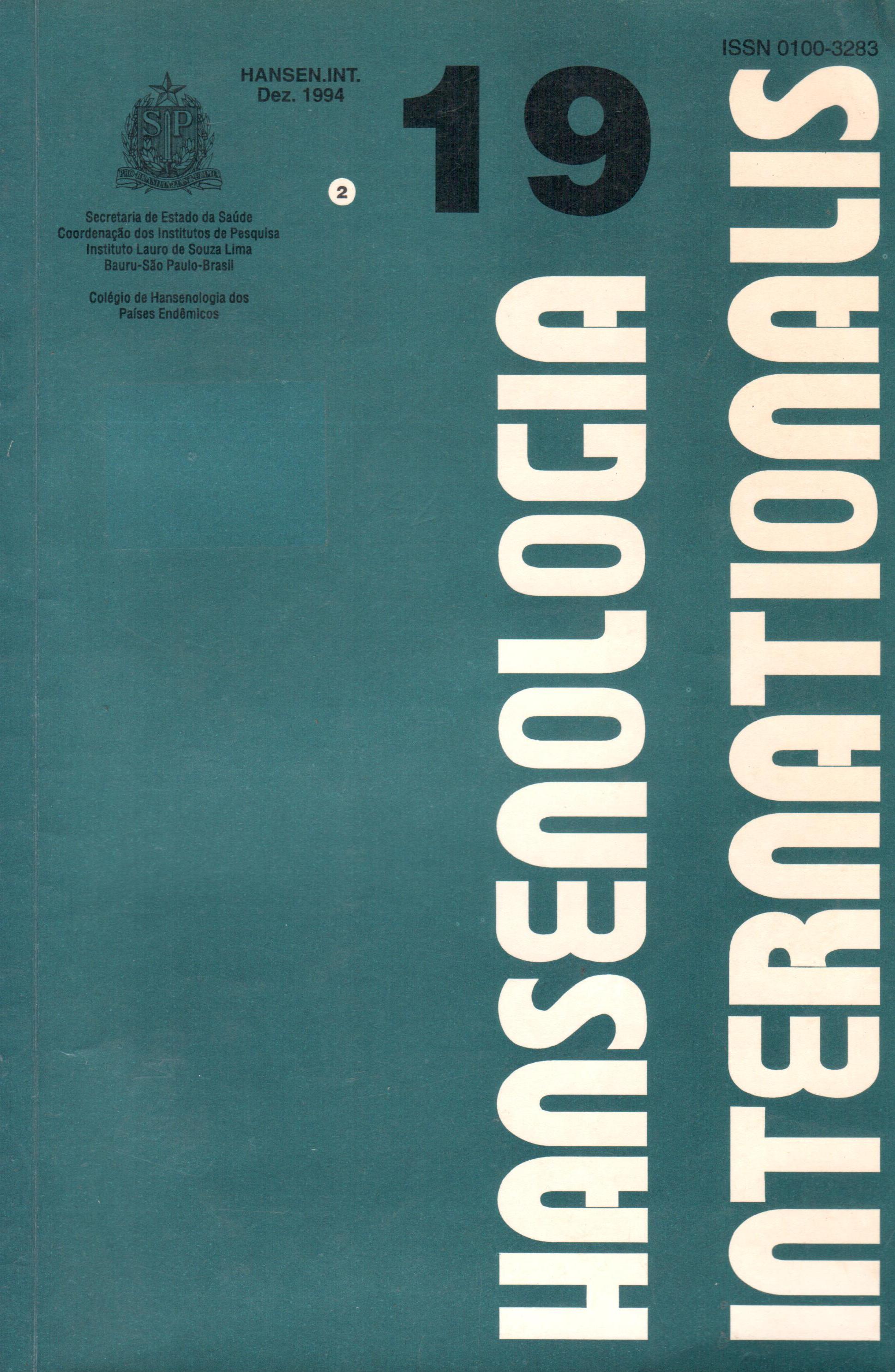Os tuberculóides reacionais
DOI:
https://doi.org/10.47878/hi.1994.v19.36509Keywords:
Reversal reactions, Reactional tuberculoidAbstract
Twenty patients with generalized type I reaction and positive Mitsuda test equal 6 mm or more, were studied. Clinic, baciloscopic, histopathologic and evolutionaries features were considered. Erythematous lesions, papules and plaques, with well defined edges, and little involvement of nerves were observed in all cases. Bacillary index was negative or very low and the histopathologic findings included loose tuberculoid granuloma due to intracellular and intercellular edema and vascular congestion. Very few patients presented more than one acute episode. The authors suggested that the eruption is due to bacillary multiplication. The reactional flare would be a kind of delayed hypersensitivity to the antigens released during the destruction of bacilli. They claim that these cases exist and need to be recognized for a better understanding of the disease and this fact may have therapeutics implications since they present many lesions with few or no bacilli, and a trend to spontaneous cure.
Downloads
References
2. COCHRANE, R.G. & SMYLY, H.J. Classification. In: COCHRANE, R.G. Leprosy In theory and practive. London: John Wright & Sons, 1964 b. p.299-309.
3. CONGRESSO INTERNACIONAL DE LEPROLOGIA, 62, Madrid, octubre, 1953. Comision de Clasificacion. Draft report of classification committee. Memorla. p.75-86.
4. INTERNATIONAL LEPROSY CONGRESS, g, Cairo, 1938. Subcommittee on classification. The classification of leprosy: Report. Int. J. Leprosy, 6(3):389-424, 1938.
5. LEIKER, D.L. Low resistance tuberculoid Ieprosy. lnt J. Leprosy, 32(4):359-67, 1964.
6. LIMA, Lauro de Souza & CAMPOS, Nelson Souza. Leprides tuberculóides reacionais. In:_____ Lepra tuberculálde. São Paulo: Renascença, 1947. p.173-215.
7. NAAFS, B. Reactions in leprosy. Biol. Mycobac., 3:359-403, 1989.
8. PFALTZGRAFF, R.E. & RAMU, G. Clinical leprosy. In: HASTINGS, R.C. Leprosy. London Churchill, 2 Ed., 1994.
9. RIDLEY, D.S. The pathogenesis and classification of polar tuberculoid leprosy. Leprosy Rev., 53(1):19-26, 1982.
10. TAJIRI, Isamu. The "acute infiltration" reaction of lepromatous leprosy. Int. J. Leprosy, 23(3):316-7, 1955.
11. WADE, H. Tuberculoid changes in leprosy II. Int. J. Leprosy, 2(3):279-91, 1934.
12. WADE, H.W. & RODRIGUEZ, J .N. Development of major tuberculoid leprosy. Int. J. Leprosy, 7(3):327-40, 1939.
Downloads
Published
How to Cite
Issue
Section
License

This work is licensed under a Creative Commons Attribution 4.0 International License.
This journal is licensed under a Creative Commons Attribution 4.0 International License.


























